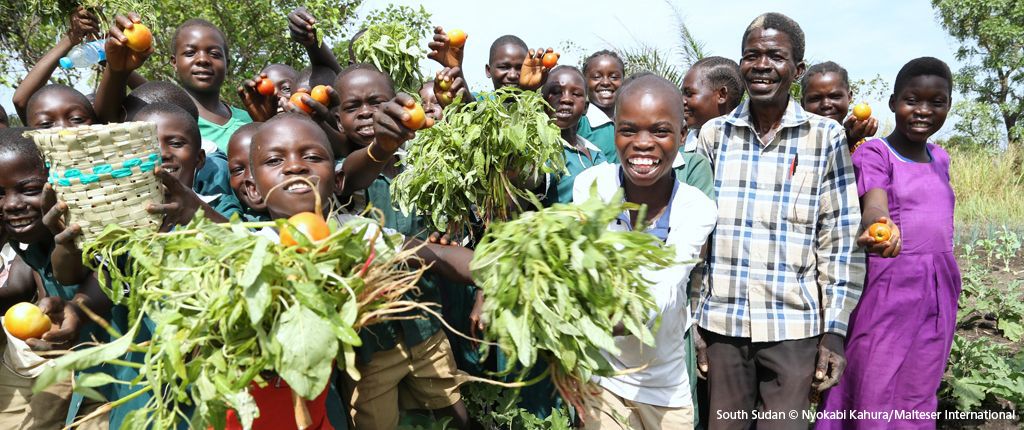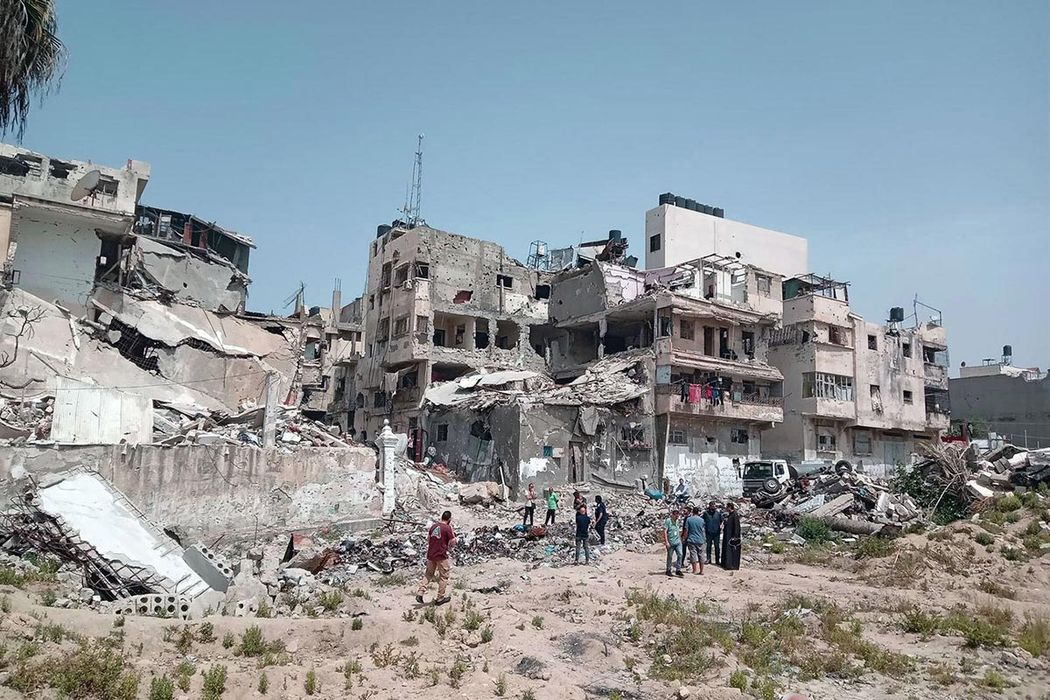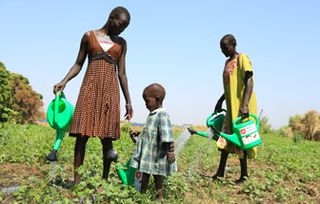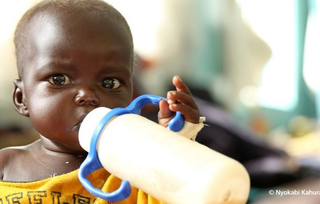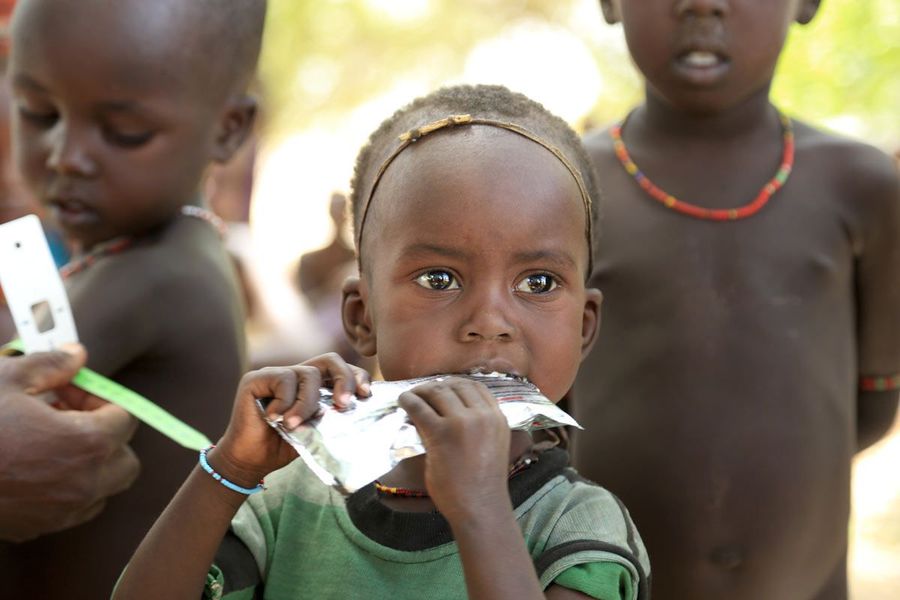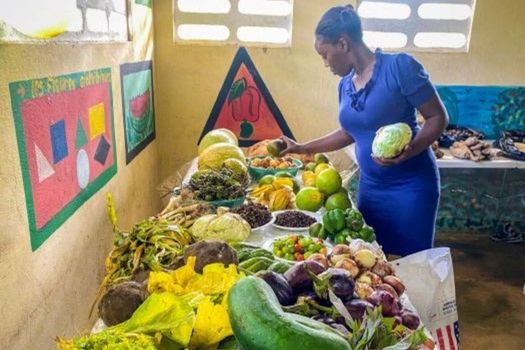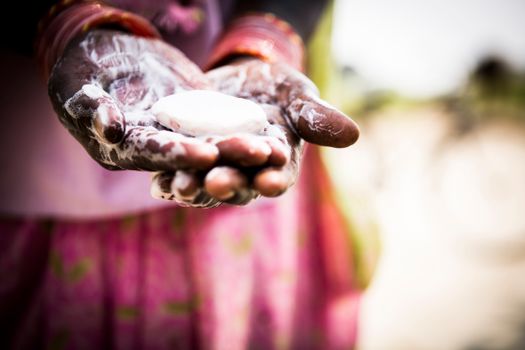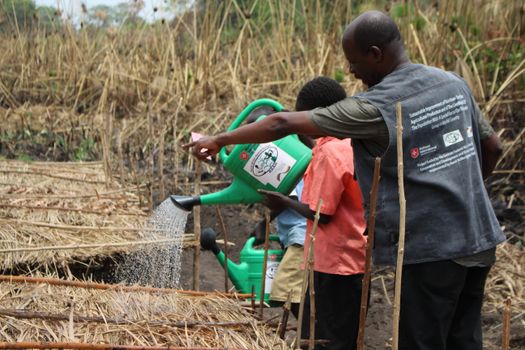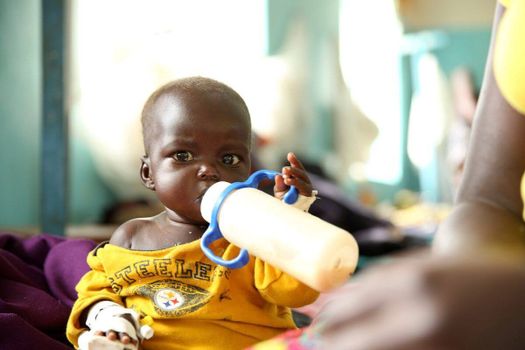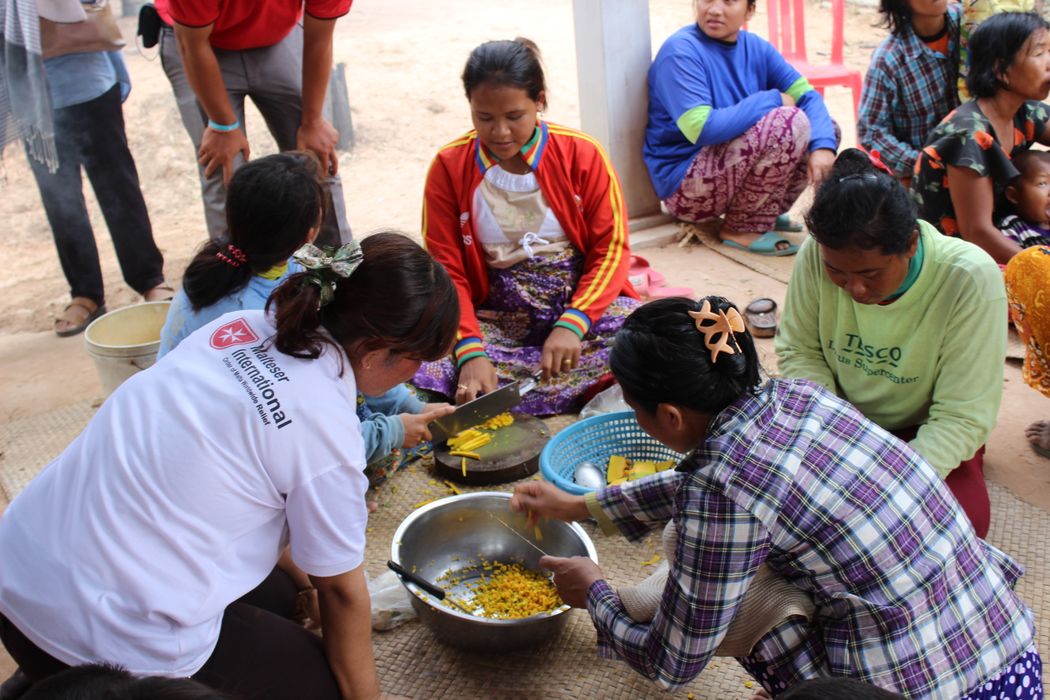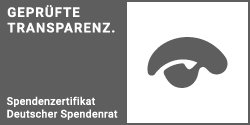The consequences of hunger can be devastating for those affected and begin in the womb. In pregnant women, malnutrition - especially chronic malnutrition - means that the unborn child cannot develop properly. Possible consequences are premature births or underweight newborns.
Malnutrition of the mother during pregnancy also leads to a significant increase in the risk of the child being born with a weakened immune system. This also increases the risk of infectious diseases, which in turn is associated with an increased risk of death for the infants.
In addition to the physical consequences, many children also suffer from cognitive underdevelopment. Children who are already affected by malnutrition in their mothers' wombs are more likely to exhibit concentration problems. This may lead to poorer performance at school, resulting in a vicious circle that is passed on from generation to generation.
Affected children with reduced physical and/or mental capacity are more at risk of impoverishment in adulthood, which in turn increases the risk of malnutrition in the next generation.
Women, girls and persons with disabilities are particularly affected by the consequences of malnutrition and hunger and are highly vulnerable. Women are often the last and least likely to eat in their families, especially in crisis situations where food is scarce. Yet, as shown above, women and girls in particular need a complex diet because they have higher micro- and macronutrient requirements due to pregnancy, lactation or menstruation.
Socially, hunger also has negative consequences. Families are forced to resort to dangerous or unhealthy coping strategies, such as early marriage of children, dropping out of school, or prostitution. Similarly, hunger can separate families as part of the family has to move away to earn money. Domestic violence can also increase during hunger crises.

